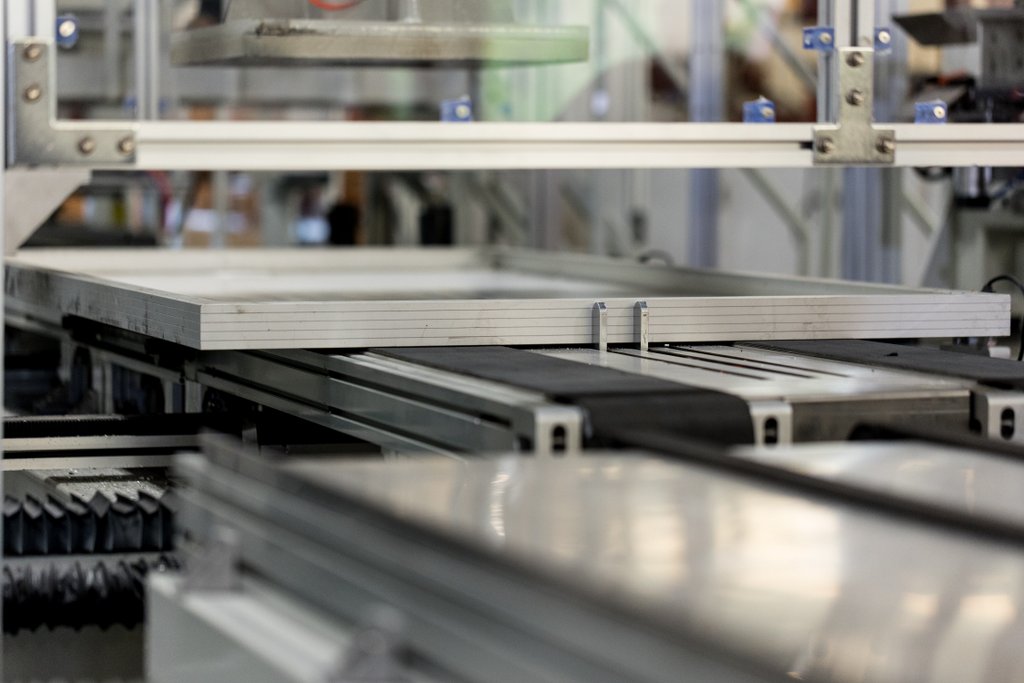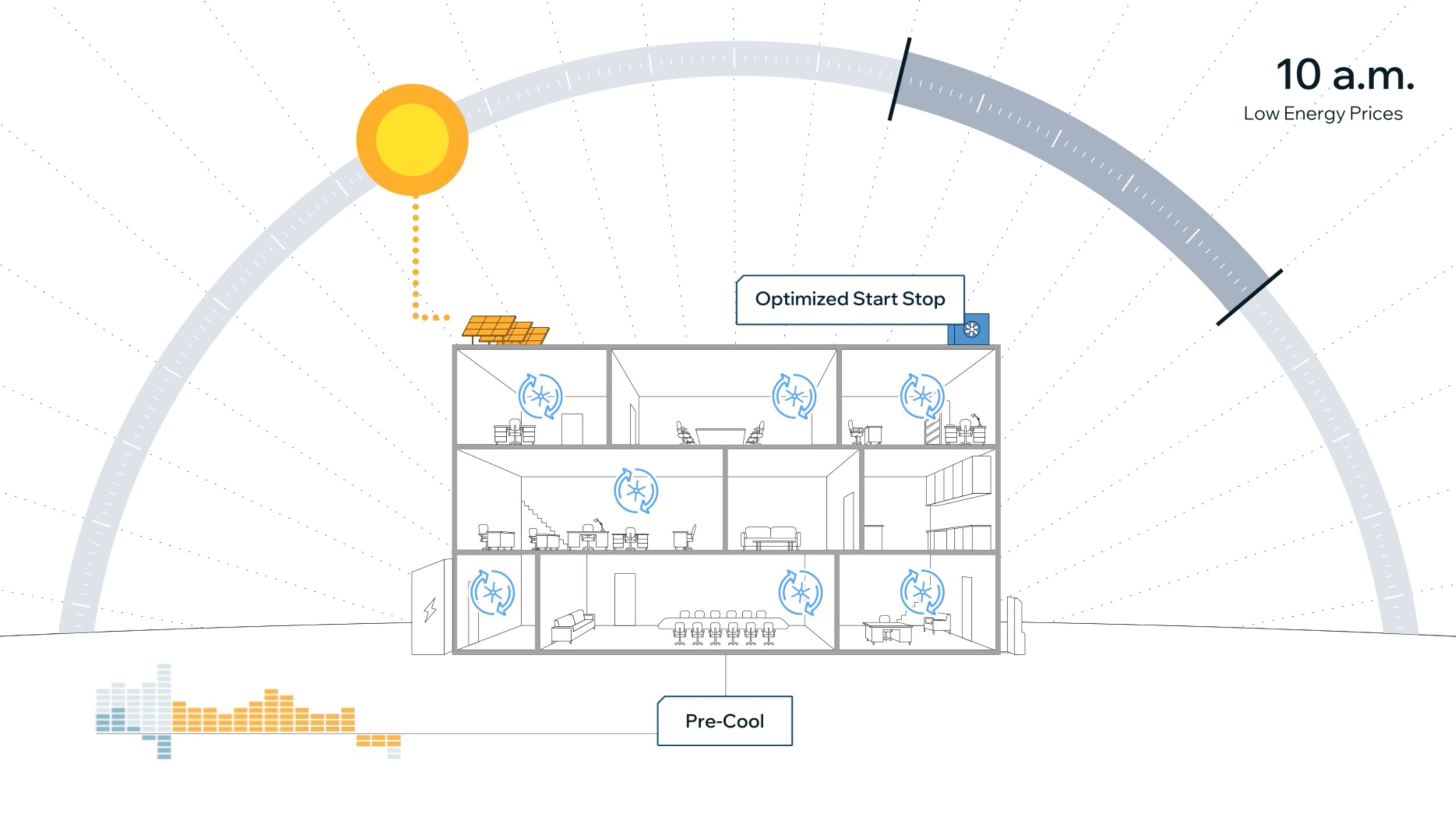IKEA Finishes 17th Installation at New Jersey Store
IKEA, the world’s leading home furnishings retailer, today officially plugged-in the solar energy system installed at its store in Paramus, N.J. The 132,000-square-foot PV array consists of a 1,063-kW system, built with 4,620 panels. IKEA Paramus’ program will produce approximately 1,359,100 kWh of clean electricity annually, the equivalent of reducing 1,033 tons of carbon dioxide (CO2), eliminating the emissions of 184 cars or powering 117 homes yearly.
This investment by IKEA reinforces the company’s long-term commitment to sustainability and confidence in PV technology. IKEA owns and operates each of its solar PV energy systems atop its buildings — as opposed to a solar lease or PPA (power purchase agreement) — and this Paramus installation represents the 17th completed solar energy project for IKEA in the United States, with 20 more locations underway, making the eventual U.S. solar presence of IKEA nearly 85 percent and a total generation of 30.8 MW.
For the development, design and installation of the Paramus store’s customized solar power system, IKEA contracted with REC Solar, one of the largest U.S. solar electric installers with more than 8,000 systems built nationwide.
“The installation of solar panels at IKEA Paramus is another way we can build upon our ongoing commitment to sustainability,” said Lars Otteson, store manager. “At IKEA, we believe in being a good business while doing good business and investing in renewable energy accomplishes both of those goals. We appreciate the support from Paramus officials, PSE&G, and REC Solar, our partners in this project.”
IKEA, drawing from its Swedish heritage and respect of nature, believes it can be a good business while doing good business and aims for its operations to minimize impacts on the environment. Globally, IKEA evaluates all locations regularly for energy conservation opportunities, integrates innovative materials into product design, works with Global Forest Watch to maintain sustainable resources, and flat-packs goods for efficient distribution. Specific U.S. sustainable efforts include: recycling waste material (paper, wood, plastic, etc.); incorporating environmental measures into the construction of buildings in terms of energy-efficient HVAC and lighting systems, recycled construction materials, skylights in warehouse areas, and water conserving restrooms; and operationally, eliminating plastic bags from the check-out process, phasing out the sale of incandescent light bulbs and facilitating recycling of customers’ compact fluorescent bulbs. IKEA also has installed electric vehicle charging stations at nine stores in the Western U.S.
Located on 39 acres at the confluence of the Garden State Parkway and routes 4 and 17, the 375,000-square-foot IKEA store opened in July 2003 and employs approximately 300 coworkers. In addition to 10,000 exclusively designed items, this Paramus store presents 48 different room-settings, three model home interiors, a supervised children’s play area, and a 450-seat restaurant serving Swedish specialties such as meatballs with lingonberries and salmon plates, as well as American dishes. Other family-friendly features include a ‘Children’s IKEA’ area in the Showroom, baby care rooms, preferred parking and play areas throughout the store.





It is admirable that IKEA is installing solar energy systems. However, from the info presented in the article an installation with peak generation of 1,063 kwh per hour is projected by developers to put out 1.36 million kwh per year. This equates to a Capacity Factor [ CF ]of 0.145. This means that the 1,063 kwh peak solar installation described in this article is equal to only 145 kwh installation operating at 100%. Since baseload power stations [nuclear or coal] operate with a Capacity Factor of 0.9 it will take 161 kwh of peak generation at a coal or nuclear plant to equal the electric production each year of 1,063 kwh peak solar installation at C.F.= 0.145. This difference in Capacity Factor simply means you have to install over 6 times more solar capacity [ 6,600 kwh of solar panels at 6.6 times the cost] to equal 1,063 kwh at 0.9 CF at a baseload plant.